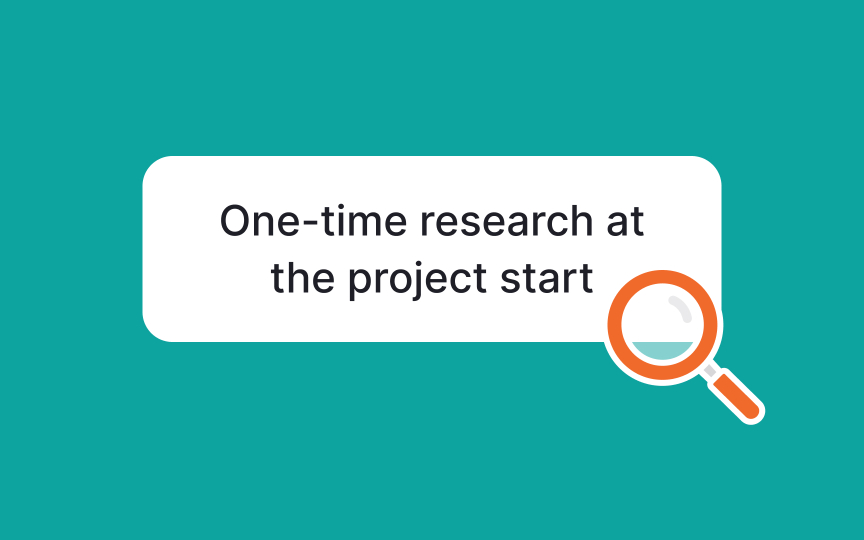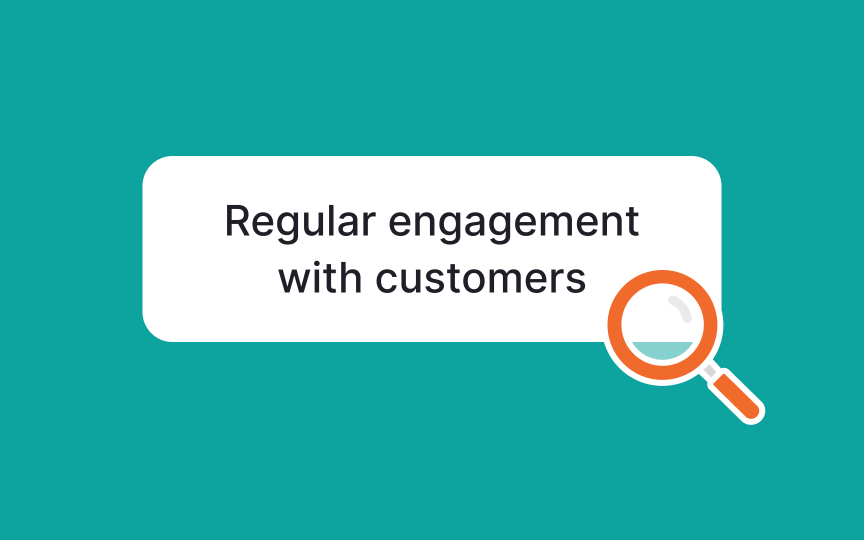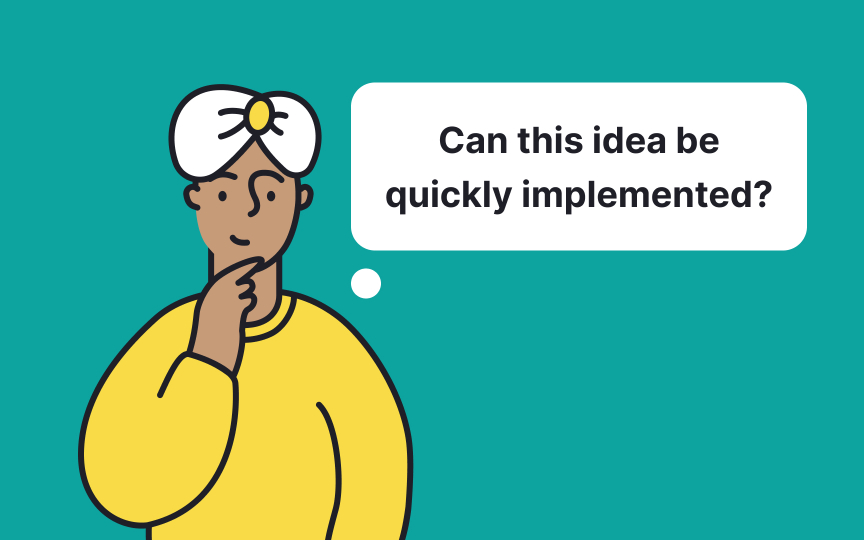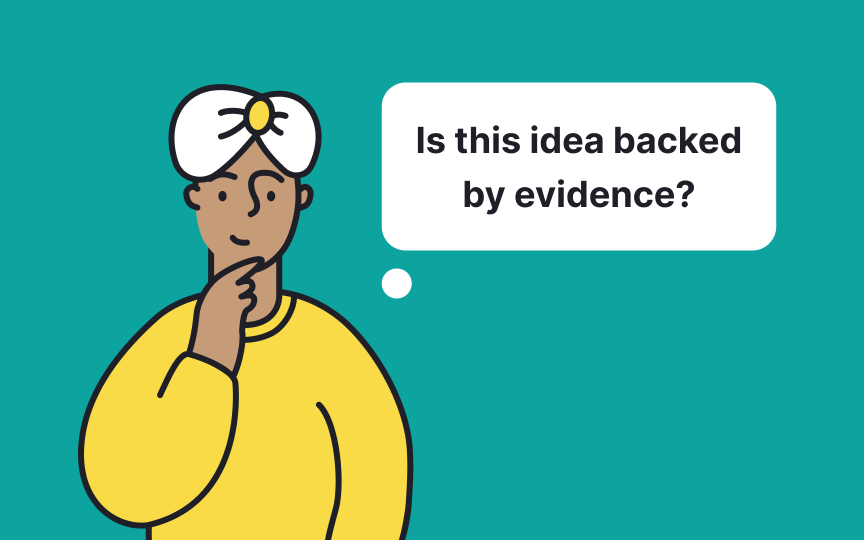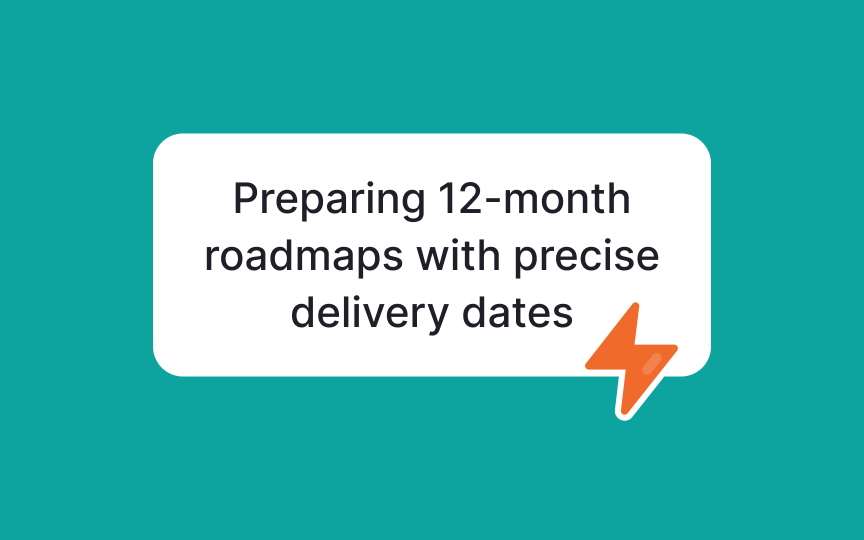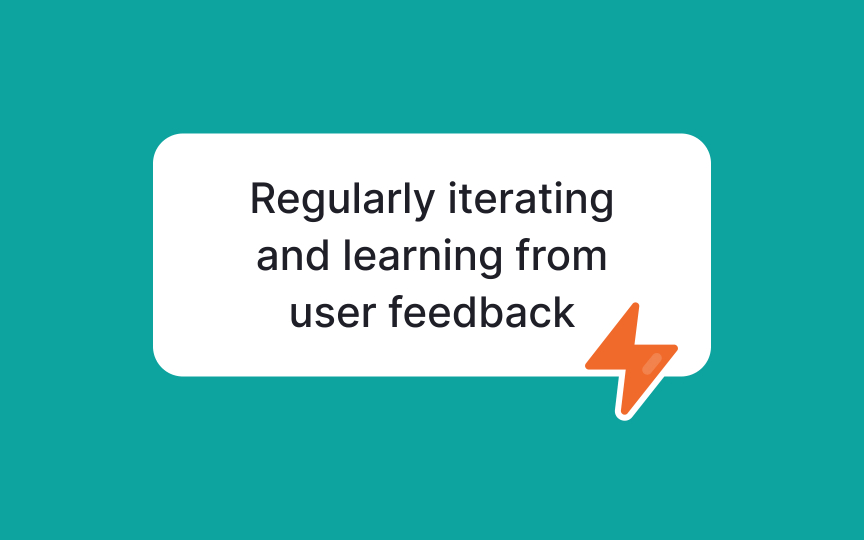Continuous Discovery Mindset
Embrace continuous discovery to turn rigid roadmaps into a flexible, learning-driven process for creating products that truly meet user needs
Traditional product discovery typically follows a linear process dictated by stakeholder demands and rigid roadmaps, which can result in building features that don’t truly address user needs. To break free from this ineffective model, teams must adopt a mindset rooted in continuous discovery. This means consistently questioning decisions, revisiting assumptions, and validating ideas through ongoing user feedback. Instead of seeing product discovery as a one-time effort, teams should view it as an ongoing, iterative process where learning never stops. Continuous discovery shifts the mentality from 'build it and they will come' to a more flexible, learning-driven approach, which is essential for developing successful products in today’s fast-paced environment.
The "feature factory" approach is common in many companies, where the focus is on delivering specific features rather than solving real user problems. In this setup, projects are planned with clear start and end points, and success is often defined by whether the software is shipped on time. However, this approach can miss the bigger picture.
The problem is that these projects are usually defined during annual planning, based on what business stakeholders think should be built, not necessarily on what users truly need. Even if some user research is done, it's often at the beginning of the project and then forgotten, which means teams aren’t adapting to new insights as they work. This leads to a situation where teams are more focused on ticking off features rather than ensuring those features actually add value for users.[1]
Continuous discovery is a process that keeps product teams closely connected to their customers throughout the development cycle. Unlike traditional project-based approaches, where research is done upfront and then rarely revisited, continuous discovery involves ongoing customer engagement to inform decisions. This approach acknowledges that digital products are never truly finished; they can always be improved and iterated upon.
Key characteristics of continuous discovery:
- Ongoing customer engagement: Regularly interacting with customers to gather feedback and insights.
- Iterative improvement: Continuously refining and enhancing products based on customer feedback, rather than considering them "finished."
- Avoiding the curse of knowledge: Staying aware that what is obvious to the product team may not be clear to users, and adjusting accordingly.
- User-centered decision making: Ensuring that every decision is informed by real user needs, minimizing assumptions and biases.
- Frequent testing and validation: Regularly testing ideas and features with customers to validate their effectiveness and relevance.
Continuous discovery offers several key benefits that can significantly enhance your product development process:
- Saves money: By balancing the effort between discovery and delivery, your team can better identify what customers truly need. This helps reduce time and costs in development by avoiding unnecessary work.
- Reduces risks: Validating ideas early on minimizes the chances of running into issues related to value, usability, or feasibility. This ensures that the product is on the right path before investing significant resources.
- Focuses on what matters: Keeping customers at the center of your process and aligning with business goals ensures that you build features that truly matter. This approach leads to more effective and meaningful product development.
- Cuts down the guesswork: The more your team understands your customers, the better they can shape the product. Regular customer feedback reveals important patterns, reducing uncertainty and helping ensure the product meets both customer needs and business goals.[2]
Outcome-oriented continuous discovery is about focusing on the real impact a product has, rather than just delivering specific features. For instance, when Spotify aimed to improve user retention, they didn't just focus on adding features. Instead, they concentrated on the outcome: enhancing the listening experience. This led to the creation of Discover Weekly, a personalized playlist that significantly boosted user engagement by making the platform more engaging and tailored to individual tastes. This approach allowed Spotify to iterate and refine the user experience continually, which is a key aspect of outcome-oriented discovery.[3]
By maintaining regular, weekly engagements with customers, product teams can ensure they’re constantly aligning their decisions with real user needs, rather than just pushing out features.
A user-centric approach in continuous discovery is all about consistently putting customers at the center of your
If you have to scramble to find customers to talk to each week, you'll likely skip it. Instead, set up a system where interviews are scheduled automatically. This could mean recruiting users directly from your product while they’re engaged with it, ensuring you always have someone to talk to without the hassle of manual scheduling.[4]
Collaboration is a key element of continuous discovery, emphasizing the need for teamwork across different roles. It begins with the "product trio", usually a product manager, designer, and engineer, working closely together, but it doesn't stop there. True collaboration in continuous discovery means breaking down the usual barriers between teams. Instead of each department working separately, everyone aligns around the product’s goals, sharing insights and expertise.
This approach allows teams to go beyond their basic duties, combining their strengths to come up with better solutions. When everyone, from design to development, works together, the product benefits from a wider range of perspectives, leading to more innovative and user-centered outcomes.
Visualization is helping product teams to better understand and navigate the opportunity space that comprises the range of customer needs, desires, and challenges that, when addressed, can lead to achieving specific business outcomes. By visually mapping this space, teams can more effectively identify and prioritize opportunities that align with their goals. One powerful tool for this is the Opportunity Solution Tree. Visualizing the opportunity space in this way not only makes complex information more manageable but also enhances communication within the team. It ensures that everyone is aligned and focused on the most impactful areas, leading to better decision-making and more successful products.
A continuous mindset encourages teams to think like scientists in product development. Instead of assuming an idea or solution will work, they treat it as a hypothesis that needs testing. Teams gather evidence, run experiments, and uncover assumptions to validate their ideas before fully committing.
In continuous discovery, experimentation helps teams quickly and efficiently explore different solutions. By using methods like A/B testing, prototypes, and user
Continuity is a core part of continuous discovery, connecting all other elements like collaboration, experimentation, and user focus into an ongoing process of learning and improvement. Unlike traditional projects with a clear start and end, continuous discovery means product development is never truly finished. It's about constantly testing, learning, and refining.
This approach can be challenging for teams used to working towards fixed goals. They need to adjust to the idea that discovery is an endless loop, and each iteration not only provides answers but also raises new questions. Teams must be comfortable revisiting and questioning their assumptions regularly.
This continuous cycle ensures that the product evolves based on real user needs and market changes.
References
- Discover Weekly: How Spotify is Changing the Way We Consume Music - Technology and Operations Management | Technology and Operations Management
Top contributors
Topics
From Course
Share
Similar lessons

Business Outcomes vs. Product Outcomes

Introduction to Cross-Functional Teams

